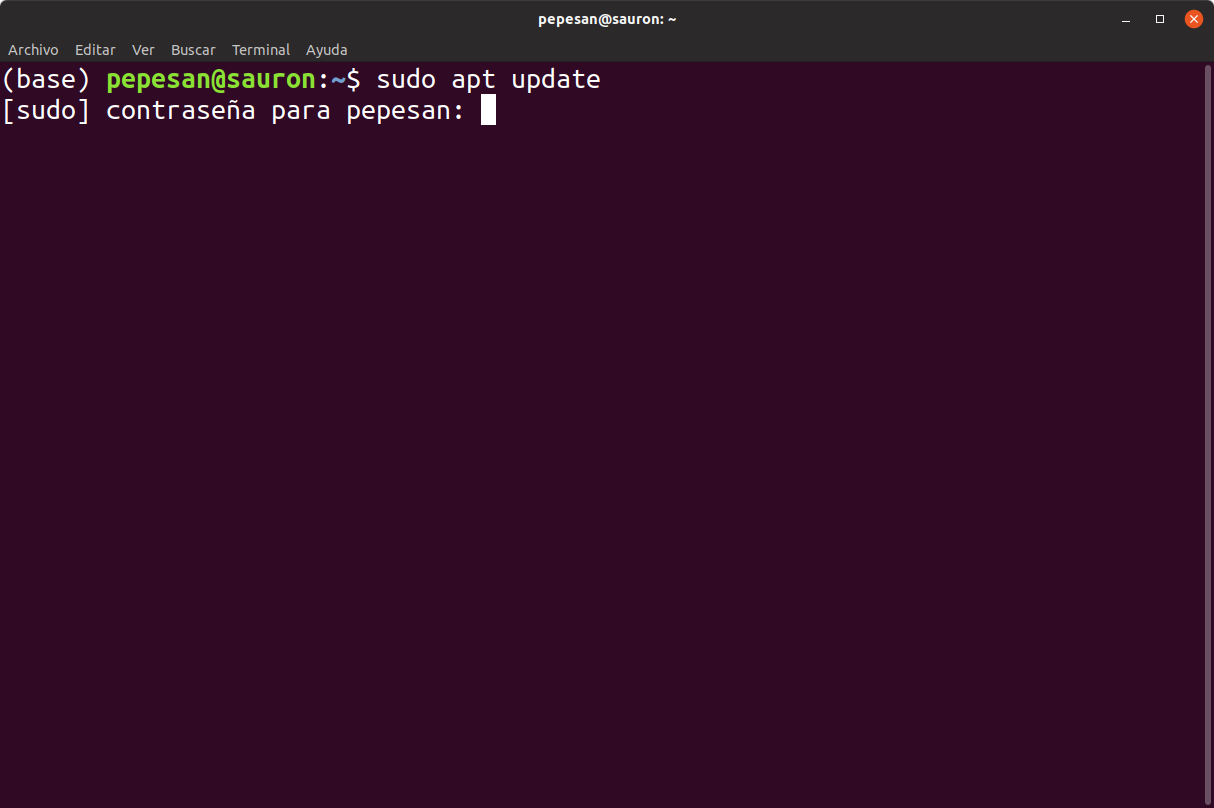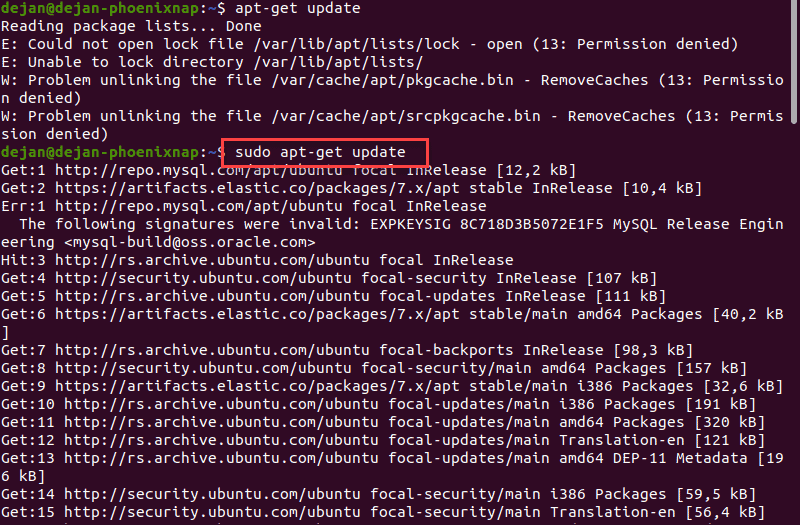Sudo apt get remove, sudo apt install remove, how to uninstall using sudo apt, sudo apt get remove apport, sudo apt get remove, sudo apt get remove python3, sudo apt get remove apparmor, sudo apt get command not found oracle linux, sudo apt uninstall, sudo apt get,
Are you a Linux user encountering an error when trying to use the "sudo addaptrepository" command? Don't worry, you're not alone. This error message can be frustrating and confusing, but there are steps you can take to fix it and continue using your Linux system without interruption.
The error message itself can read, "sudo: add-apt-repository: command not found" and typically occurs when attempting to add a new repository to your system. This error can happen for a variety of reasons, but the most likely cause is that the "software-properties-common" package is not installed on your system.
The good news is that resolving this issue is relatively easy. You can fix the "sudo addaptrepository" error by installing the "software-properties-common" package using your Linux package manager. The exact command to do this can vary depending on your distribution, but some common examples include:
- Debian/Ubuntu:
sudo apt-get install software-properties-common - Fedora/RHEL:
sudo dnf install dnf-plugins-core - Arch Linux/Manjaro:
sudo pacman -Syyuand thensudo pacman -S base-devel
Once you have installed the "software-properties-common" package, you should be able to use the "sudo addaptrepository" command without encountering the same error again. If for some reason the error persists, you may want to check that your system's PATH variable is set correctly and includes the relevant directories.
In conclusion, encountering the "sudo addaptrepository" command not found error is not uncommon for Linux users. But with a few simple steps, you can easily resolve the issue and get back to using your system as usual. Don't let this error slow you down - take action and get back to work with your Linux system today!
Sudo apt-get remove xterm
If you are searching about Инструкция по установке программ в ubuntu / linux mint и его подобных, you've visit to the right place. We have pictures like Инструкция по установке программ в ubuntu / linux mint и его подобных, reddit dive into anything, fix "process terminated with status 255" in codeblocks unixmen. Here you go:
Cómo usar aptget para instalar programas en ubuntu desde la línea de, how to use aptget to install programs in ubuntu from the command line
Reddit dive into anything. Инструкция по установке программ в ubuntu / linux mint и его подобных. Install sqlite and sqlite browser on ubuntu 18.04 lts – linux hint. Apt dist upgrade sudo install command package name ubuntu line. Remove sudo ubuntu. Sudo command output1. Fix "process terminated with status 255" in codeblocks unixmen
 forum.manjaro.org
forum.manjaro.org www.1000tipsinformaticos.com
www.1000tipsinformaticos.com phoenixnap.com
phoenixnap.com hyperhci.com
hyperhci.com expertogeek.com
expertogeek.com tutorialesgeeks.com
tutorialesgeeks.com fossbytes.com
fossbytes.com www.computerhope.com
www.computerhope.com candid.technology
candid.technology cursosdedesarrollo.com
cursosdedesarrollo.com tecnoblog.net
tecnoblog.net www.geeksforgeeks.org
www.geeksforgeeks.org ja.compozi.com
ja.compozi.com www.phoenixnap.fr
www.phoenixnap.fr www.xn--linuxenespaol-skb.com
www.xn--linuxenespaol-skb.com mateusmuller.me
mateusmuller.me ayudalinux.com
ayudalinux.com linux-os.net
linux-os.net fedingo.com
fedingo.com phoenixnap.com
phoenixnap.com fossbytes.com
fossbytes.com www.linuxmi.com
www.linuxmi.com unix.stackexchange.com
unix.stackexchange.com www.cyberciti.biz
www.cyberciti.biz www.javatpoint.com
www.javatpoint.com www.pinterest.com
www.pinterest.com www.geeksforgeeks.org
www.geeksforgeeks.org www.geeksforgeeks.org
www.geeksforgeeks.org elhasite.blogspot.com
elhasite.blogspot.com www.phoenixnap.fr
www.phoenixnap.fr